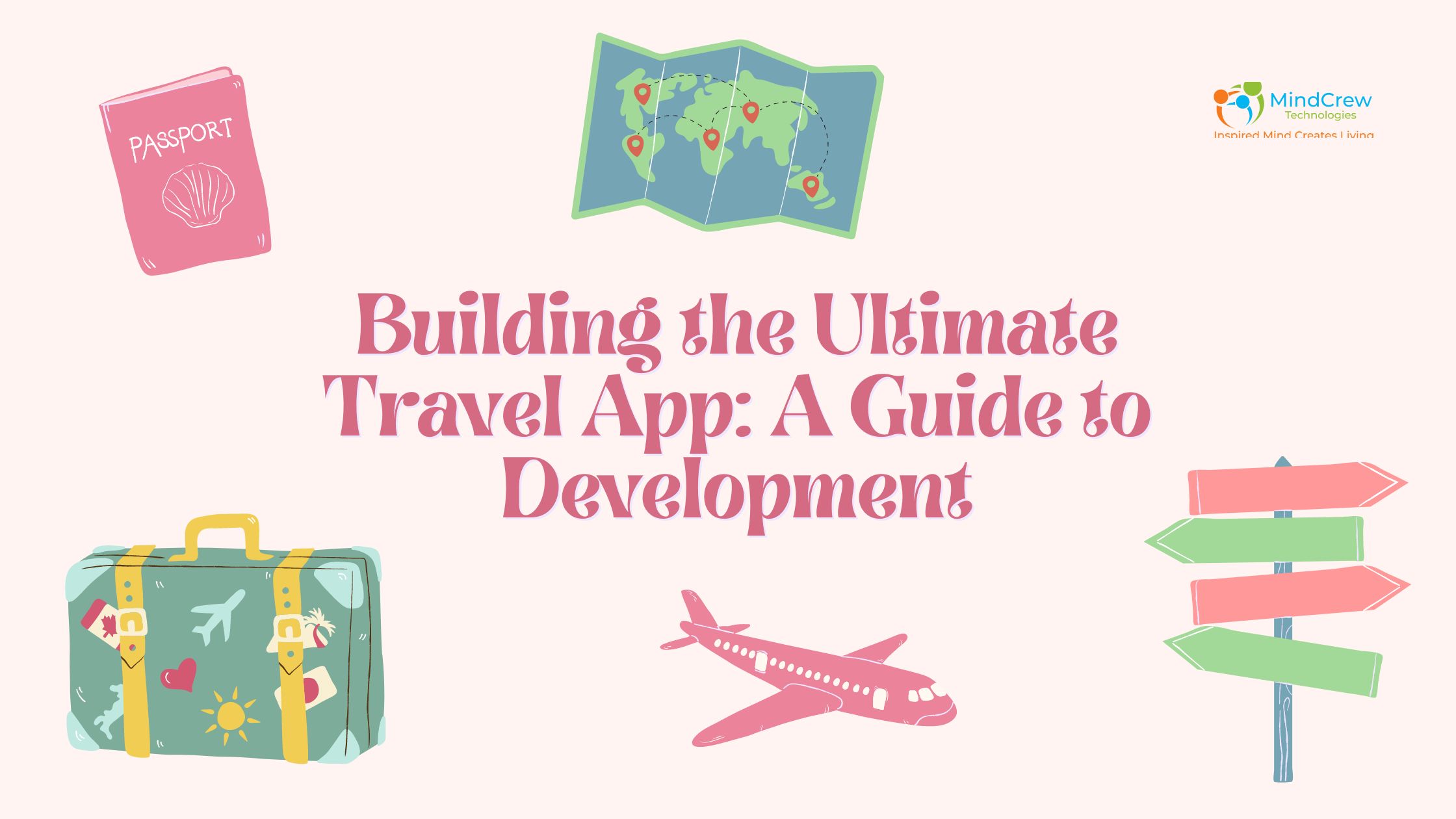Building the Ultimate Travel App: A Guide to Development
Traveling is one of life’s greatest pleasures, and in today’s digital age, a well-designed travel app can enhance that experience in countless ways. Whether you’re a seasoned developer or a travel enthusiast looking to break into the tech world, creating a travel app can be a rewarding endeavor. In this blog, we’ll explore the key steps and features involved in developing a top-notch travel app.
Why Develop a Travel App?
Before we dive into the development process, let’s understand why travel apps are so popular:
- Convenience: Travel apps make it easy for users to book flights, hotels, and activities all in one place.
- Personalization: Modern apps can offer personalized recommendations based on user preferences and past behavior.
- Real-Time Updates: From flight delays to weather conditions, travel apps provide timely information that helps users plan better.
- Cost Savings: Apps can alert users to deals and discounts, helping them save money on their trips.
Key Features of a Successful Travel App
To create a travel app that stands out, consider incorporating the following features:
1. User-Friendly Interface
A clean, intuitive interface is crucial. Users should be able to navigate the app effortlessly, finding the information they need without hassle. Focus on simplicity and ease of use.
2. Booking Capabilities
Integrate booking options for flights, hotels, car rentals, and activities. Ensure the process is seamless, with secure payment gateways and booking confirmations.
3. Real-Time Updates
Provide users with real-time information on flight status, weather conditions, local events, and traffic updates. This keeps them informed and helps them make timely decisions.
4. Itinerary Management
Allow users to create, manage, and share their travel itineraries. Include features like reminders, maps, and notes to help them stay organized.
5. Reviews and Recommendations
Integrate user reviews and recommendations for hotels, restaurants, and attractions. Personalized suggestions based on user preferences can enhance their travel experience.
6. Offline Access
Ensure essential features like maps and itineraries are accessible offline. This is especially useful for travelers without consistent internet access.
7. Language and Currency Support
Include multi-language and currency conversion features to cater to international travelers. This makes the app more user-friendly for a global audience.
8. Safety Features
Provide emergency contact information, local health guidelines, and safety tips to ensure travelers feel secure during their trips.
Development Process
Step 1: Market Research and Planning
Start by researching your target audience and competitors. Understand what features are most desired by users and identify gaps in the market. Create a detailed plan outlining the app’s features, design, and monetization strategy.
Step 2: Design the User Interface
Work with a UI/UX designer to create wireframes and mockups. Focus on creating a visually appealing and easy-to-navigate interface. Test the design with potential users to gather feedback.
Step 3: Choose the Right Technology Stack
Select a technology stack that aligns with your app’s requirements. For a travel app, you’ll need robust backend support, secure payment gateways, and integration with various APIs for real-time updates and booking services.
Step 4: Develop the App
Begin the development process, starting with the core features. Use agile development methodologies to allow for iterative testing and improvement. Ensure the app is optimized for both iOS and Android platforms.
Step 5: Testing and Quality Assurance
Conduct thorough testing to identify and fix bugs. Test the app across different devices and operating systems to ensure compatibility. Focus on performance, security, and usability.
Step 6: Launch and Marketing
Prepare for the app launch by creating a marketing plan. Use social media, content marketing, and influencer partnerships to generate buzz. Launch the app on major app stores and monitor user feedback for further improvements.
Step 7: Post-Launch Support and Updates
Continue to support and update the app based on user feedback and changing market trends. Regular updates with new features and improvements will keep users engaged and loyal.
Conclusion
Developing a travel app requires careful planning, user-centric design, and a commitment to continuous improvement. By focusing on the needs and preferences of travelers, you can create an app that not only meets their expectations but also enhances their travel experiences. So, embark on this exciting journey of travel app development and help users explore the world with ease and convenience.







